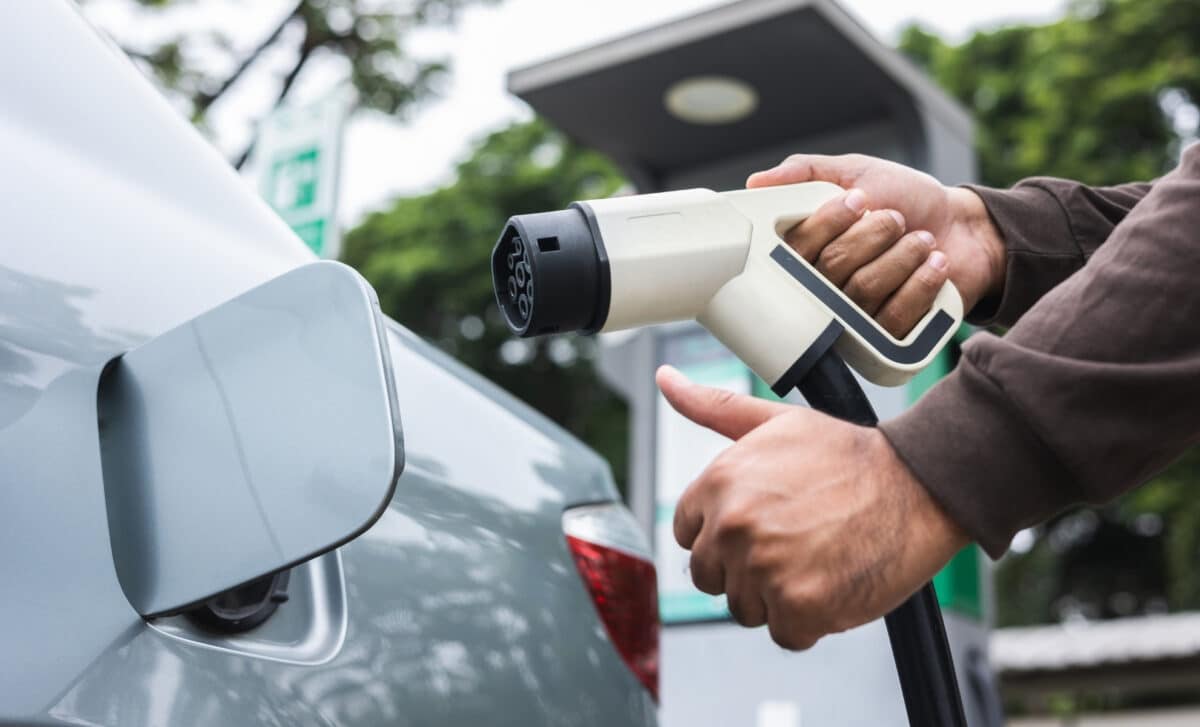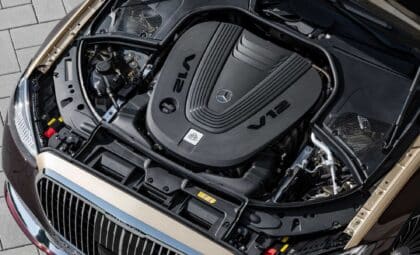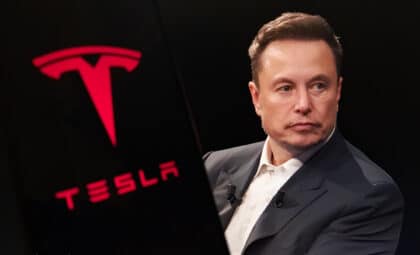The study, carried out by Zapmap, reveals that only 3% of owners would consider returning to traditional gasoline-powered vehicles. However, these positive results come with important nuances, particularly regarding the accessibility and convenience of public charging infrastructure.
As electric vehicle sales continue to rise, understanding the experiences of those who have already made the switch to EVs is essential. This latest survey offers valuable insights into the factors that contribute to owner satisfaction, as well as the challenges that still remain for many in the transition to electric mobility.
Electric Vehicle Owners’ High Satisfaction Rates
The survey reveals that the vast majority of EV owners are highly satisfied with their vehicles. With a satisfaction rate of 87%, respondents pointed to several key benefits that made their decision to go electric worthwhile. According to the study, the main advantages include significant savings on fuel compared to traditional gasoline cars, easier maintenance due to the simpler mechanics of electric vehicles, and the comfortable and quiet driving experience that EVs offer.
Additionally, many owners appreciate the ability to charge their vehicles overnight at home, which eliminates the need for trips to gas stations. This convenience, coupled with the environmental benefits of driving an electric car, seems to foster a strong sense of attachment among owners. The survey emphasizes that most of these respondents did not view their electric vehicles as a compromise, but as a positive, long-term choice.

Home Charging Accessibility and Its Impact on Satisfaction
A crucial factor in the high satisfaction rates reported in the survey is that all of the respondents had access to home charging solutions. This is an important detail, as home charging significantly improves the overall experience for electric vehicle owners. According to the study, the ability to charge a car overnight at home is a major factor in why owners remain satisfied with their EVs.
However, this also highlights a key limitation in the study’s findings. Since all respondents had home charging available, the survey did not account for those who rely solely on public charging stations. Public charging remains a challenge for many EV owners, especially in areas where the infrastructure is less developed or unreliable.
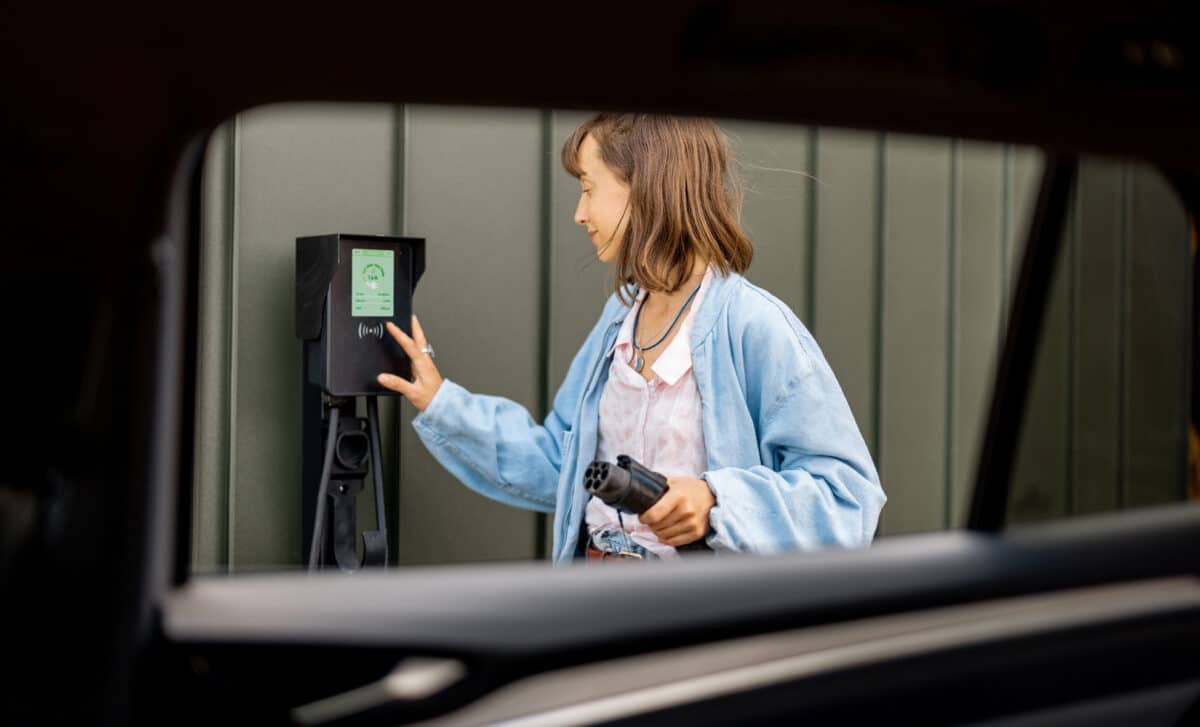
Public Charging Remains a Barrier
The issue of public charging infrastructure presents a significant barrier for the widespread adoption of electric vehicles. While the survey data shows strong satisfaction among those with home charging access, the experience can be drastically different for those dependent on public charging stations. In many cases, EV owners relying on public networks face issues such as long wait times, technical malfunctions, and high fees.
The study notes that this is particularly true in regions where the charging infrastructure is still under development. In the UK, although the network is growing, there are still areas where the availability and reliability of charging stations can be problematic. This gap in infrastructure could limit the adoption of electric vehicles, especially as long as the challenges of public charging remain unresolved. The survey stresses the importance of making charging solutions both accessible and affordable to encourage broader EV adoption.
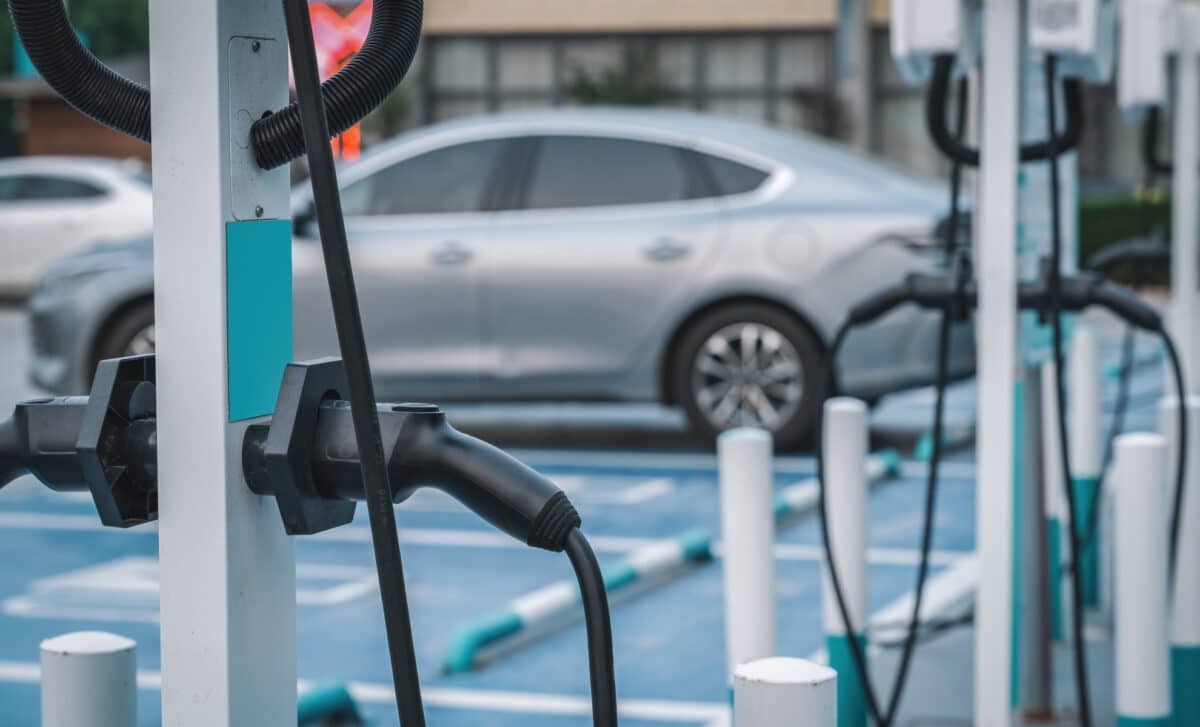
A Snapshot of the Current EV Landscape
While the study offers encouraging data on the satisfaction levels of electric vehicle owners, it should be viewed as a snapshot of the current state of EV ownership. The survey results reflect the experiences of current electric vehicle owners, all of whom have access to home charging, which may not be representative of the broader population.
Factors such as the rising cost of electricity, the long-term wear and tear on batteries, and the continued development of charging infrastructure could all play a role in shaping future attitudes toward electric vehicles. The study, however, does not account for the potential impact of these factors in the long run, making it important to monitor future trends as the market and technology continue to evolve.

